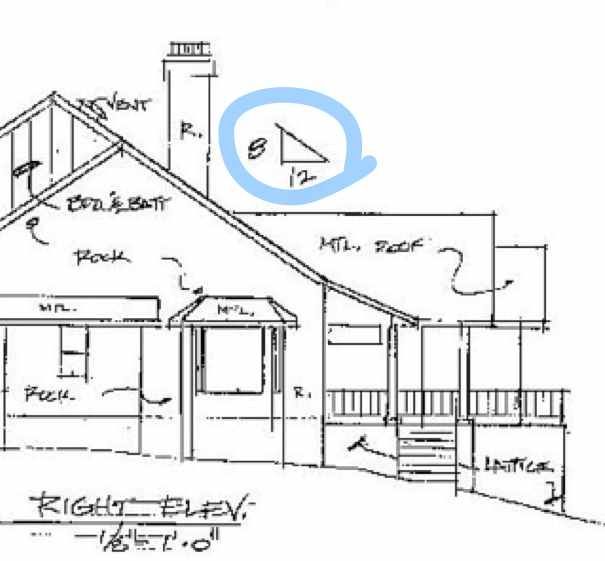When it comes to working on roofs, understanding and ensuring roof pitch safety is paramount. Ignoring the complexities and hazards associated with different roof slopes can lead to serious injuries or even fatal accidents. This article delves into the importance of safety measures when dealing with roof pitch, offering guidelines and tips to keep you secure while working at heights.
Understanding Roof Pitch
Before diving into safety measures, it is essential to comprehend what roof pitch entails. Roof pitch refers to the angle or slope of a roof. It’s measured as the ratio of the vertical rise to the horizontal span. For instance, a 4/12 pitch means there are four inches of vertical rise for every 12 inches of horizontal span. Depending on the pitch, different safety concerns and precautions arise.
The Importance of Roof Pitch Safety
A steeper roof pitch often implies greater risks due to increased angles, making it crucial to prioritize safety. Falls from roofs are among the leading causes of construction-related injuries. Therefore, implementing stringent roof pitch safety protocols can make a considerable difference in preventing accidents.
Essential Safety Measures
Here are some fundamental safety measures to consider while working on roofs, particularly those with steep pitches:
- Personal Protective Equipment (PPE): Always wear appropriate PPE, including helmets, harnesses, and non-slip footwear.
- Safety Harnesses: Use safety harnesses that are securely anchored. Ensure the anchor points are robust and capable of supporting your weight.
- Scaffolds and Guardrails: Utilize scaffolds and guardrails wherever possible to provide an extra layer of protection.
- Weather Conditions: Avoid working during adverse weather conditions. Wet or icy roofs significantly heighten the risk of slips and falls.
- Training: Adequate training is essential. Workers should be trained in fall protection, proper use of safety gear, and best practices for handling various roof pitches.
Read more about Guardrails here.
Tools and Equipment
Equipping oneself with the right tools can enhance roof pitch safety. For instance:
- Ladders: Ensure ladders are stable and extend at least three feet above the roof edge.
- Roof Brackets: Install roof brackets to provide a secure foothold.
- Roof Jacks: These can be used to create a flat walking surface on steep roofs.
Conclusion
Mastering roof pitch safety is not merely about compliance; it’s about protecting lives. By understanding the nuances of roof pitches and implementing rigorous safety measures, one can mitigate risks and ensure a safer working environment.


